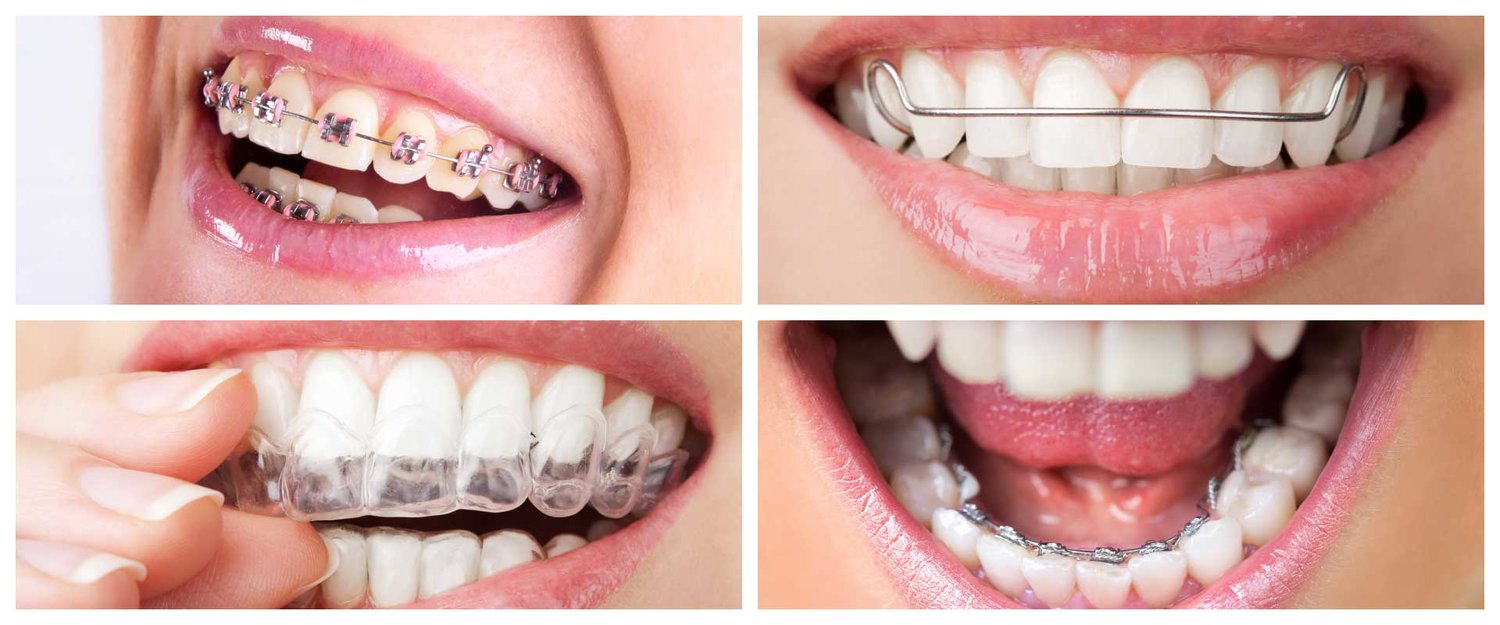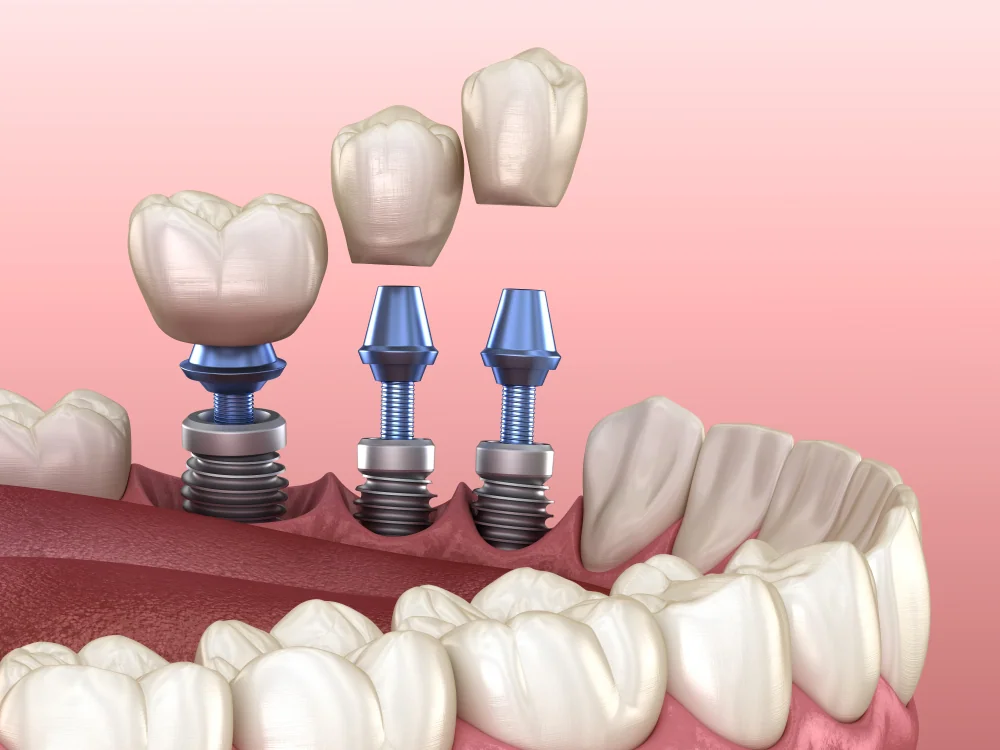All You Need to Know About Braces: Cost, Types and Clinics Near You
- Posted on Nov. 7, 2023
- Health
- Views 110
Dental braces have become more common among adults – currently, one in four orthodontic patients is grown-up, as reported by the American Association of Orthodontists. Braces serve a vital role in addressing dental issues such as uneven bites and gaps between teeth that impact gum health. By using the right braces, you can maintain your dental health for many years.
Read More

What Are Dental Braces for Adults?
Dental braces are specialized devices that work to reposition teeth, enhancing both their functionality and appearance. Celeste Block, a specialist in orthodontics, explains that adult teeth aren't set in stone. The constant pressures from chewing and tongue movements cause gradual shifts, potentially leading to misalignment. This misalignment may lead to inflammation and the formation of gum pockets, increasing the risk of gum disease.
Moreover, adults often consider braces for aesthetic purposes, according to Dr. Robert Berry, founder of Mountain Aire Dentistry. Braces can effectively address issues like gaps, crowding, or crooked teeth. The advancements in orthodontic technology mean that not only kids, but adults can achieve excellent results with minimal discomfort.
Braces Types: Which One to Choose?
Nowadays, patients may find a surprising array of braces costs and types. The choice depends on your individual needs and budget.
Traditional or Metal Braces
These classics involve stainless steel brackets attached to your teeth and connected by metal alloy wires. Tiny rubber bands hold the wires together, applying gentle, continuous pressure to align your teeth. Modern versions feature smaller, less conspicuous brackets.
Ceramic Braces
Similar to metal braces, these use thin wires, but the brackets are clear or tooth-colored, making them less noticeable. They're often more comfortable than traditional braces but can be slightly pricier.
Lingual Braces
This type is close to the traditional one, but placed on the inner part of your teeth, making them the least visible. However, they may be more challenging to clean and might cause initial discomfort, possibly leading to tongue sores.
Aligners
These custom-made clear plastic trays are similar to mouth guards and are designed to gradually move teeth into place, similar to traditional braces. They are typically worn most of the day and night, with the flexibility to remove them for eating, drinking, and oral hygiene.
Self-Ligating Braces
These brackets clip directly onto the wire, without the need for rubber bands. They are smaller and can be clear. Plus, they make oral hygiene easier without bands that trap food.
Power Chain Braces
These are often used in conjunction with traditional metal or ceramic brackets and are rows of elastics. They exert more pressure, primarily closing gaps between teeth.
With this diverse range of options, you can choose the braces that best align with your specific needs and preferences.
How do Braces Help to Achieve a Dream Smile?
Braces function by making a gradual shift in tooth alignment, as explained by Dr. Isabel Sustegui-Mursuli, a dental surgery expert from Chicago. This repositioning isn't just about aesthetics but also cultivates a healthier foundation for teeth. This transformation runs gradually, allowing teeth to adapt without risking instability.
Do You Need Braces?
Before looking for braces near me, patients undergo a thorough dental examination. Common reasons for dental intervention encompass:
- over- or underbites;
- open bites;
- insufficient space or gaps between;
- speech impediments.
It's important to note that significant gum disease, tooth decay, or multiple cavities cannot be treated by just installing braces, and most probably, you’ll need a. dental implant first.
For How Long Should You Wear Them?
Orthodontic treatment typically spans between a year and a half to two years, but in complex cases, such as severe overbites, it can extend to three years, according to Dr. Block.
What Are Invisible Braces?
"Invisible braces" is a common term covering discreet teeth-straightening solutions like clear aligners, clear braces, and lingual braces.
Aligners and Braces: Key Differences
Both aligners and braces serve to correct dental alignment, but they differ significantly. Traditional braces employ metal brackets and wires attached to the front of teeth, tightened throughout the treatment. Meanwhile, clear aligners gradually adjust teeth alignment over time, with new aligners introduced on a set schedule. They are removable and virtually invisible, allowing normal eating and cleaning routines. Aligners typically cost about the same as braces, ranging from $3,000 to $8,000.
What Are Power Chain Braces?
Among various decisions, power chains stand out. Unlike regular braces with elastics over each bracket, power chains consist of connected strings of elastics that link brackets together, shortening treatment time. They can effectively treat misalignments and crooked teeth.
How to Accelerate the Result?
To expedite the treatment, consider these strategies recommended by experts:
- Power Chains: Incorporate power chains to enhance the effectiveness of your orthodontia.
- Wear Elastics: Adhere to your orthodontist's instructions for elastic wear.
- Oral Hygiene: Maintain hygiene by brushing along the gum line – cleaner teeth move faster.
- Track Eating Habits: Be gentle while eating to prevent wire damage, which can slow down the process.
- Appointment Adherence: Try to find clinics that provide braces near me, so you'll be able to make regular visits.
Do not forget that braces work gradually, and trying to speed up the treatment may result in unwanted results. Trust the process and make the best out of what depends on you.
Adult Braces Cost: Consider the Difference
The braces cost varies depending on your oral health condition, clarifies Dr. Robert Berry. The price usually ranges, starting from traditional options and to lingual braces:
- Traditional/Metal Braces: $2,000 to $6,000
- Clear Aligners: $2,000 to $6,000
- Self-Ligating Braces: $2,000 to $7,000
- Ceramic Braces: $4,000 to $7,000
- Lingual Braces: $5,000 to $10,000
The sum includes dental and orthodontic visits, but in case of unexpected conditions, the praises may rise. However, dental insurance or a Flexible spending account, if you have one, may cover the costs.


